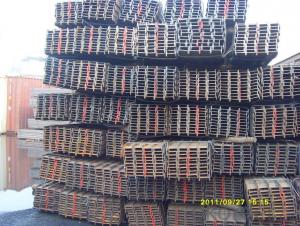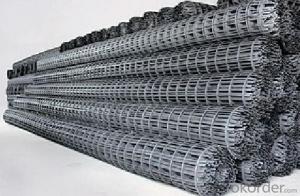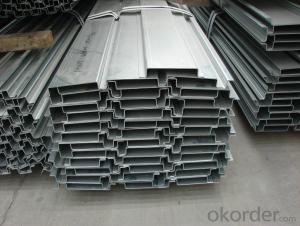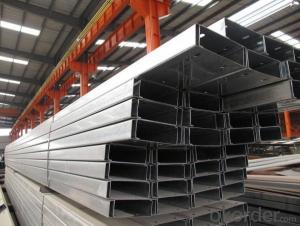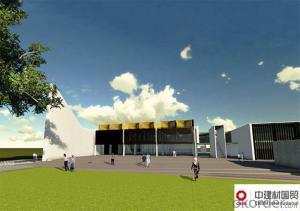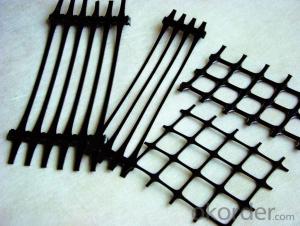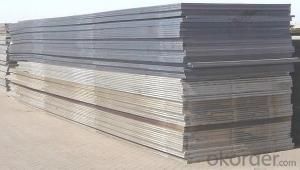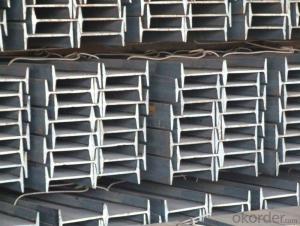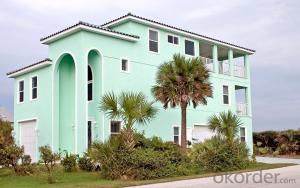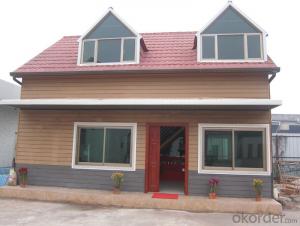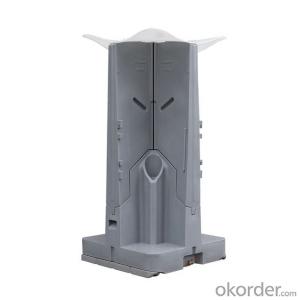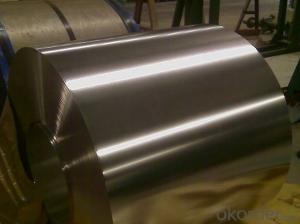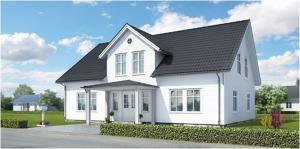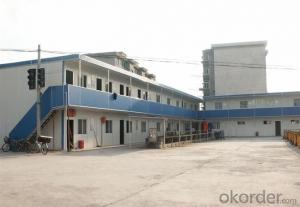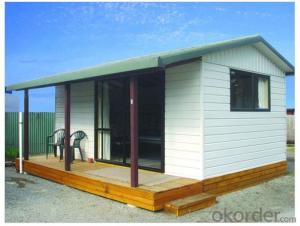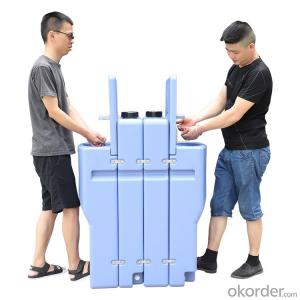Structural Geogrid
Structural Geogrid Related Searches
Fridge With Freezer On Bottom Driveway Pillars With Lights Blu Ray Player With Recorder Blu Ray Player With Internet Geogrid In Retaining Walls 1708 Biaxial Fiberglass Tape Pullout Resistance Of Geogrid Geogrid Warp Knitting Machine Srw 3 Series Geogrid Biaxial Plastic GeogridHot Searches
Fiberglass Scaffolding For Sale Fiberglass Panels For Sale Fiberglass Greenhouses For Sale Geogrid Fabric For Sale Gas Powered Core Aerator For Sale Revolution 4 Propeller For Sale Alabaster Carving Stone For Sale Geogrid For Sale Near Me Tensar Geogrid For Sale Geogrid For Sale Ex Display Log Cabins For Sale Photoelectric Cells For Sale Athletic Lockers For Sale Cubicle Partitions For Sale Stearman Propeller For Sale Palram Greenhouses For Sale Gumbo Bowls For Sale Suzuki Propellers For Sale Freight Crates For Sale Outhouse Sheds For SaleStructural Geogrid Supplier & Manufacturer from China
Okorder.com is a professional Structural Geogrid supplier & manufacturer, offers integrated one-stop services including real-time quoting and online cargo tracking. We are funded by CNBM Group, a Fortune 500 enterprise and the largest Structural Geogrid firm in China.Hot Products
FAQ
- Yes, container houses can definitely be designed to have a green or living wall. A green or living wall, also known as a vertical garden, is a wall covered with plants that can be grown vertically using various systems such as hydroponics or soil-based methods. Container houses provide a great opportunity to incorporate green walls due to their modular and stackable nature. The walls of a container house can be easily transformed into vertical gardens by installing a supporting structure that holds the plants in place. This can be done by attaching a trellis or a wire mesh to the container walls, creating a framework where plants can be grown vertically. Green walls offer a multitude of benefits for container houses. Firstly, they enhance the aesthetics of the structure, adding a touch of natural beauty to the industrial look of the containers. Additionally, green walls help improve the insulation and energy efficiency of the home. The plants act as a natural barrier, reducing heat gain during summer and heat loss during winter, thus reducing the need for excessive heating or cooling. Moreover, green walls contribute to environmental sustainability. They absorb carbon dioxide and release oxygen, improving air quality and reducing the carbon footprint of the house. They also act as natural sound barriers, reducing noise pollution from the surroundings. When designing a container house with a green or living wall, it is important to consider factors such as proper irrigation, drainage, and plant selection. The irrigation system should be designed to provide enough water to the plants without causing water damage to the container. Drainage systems should be in place to prevent excess water from accumulating and causing structural issues. Furthermore, plant selection is crucial to ensure the success of the green wall. It is important to choose plants that are suitable for vertical growth and can thrive in the specific conditions of the container house, such as limited sunlight or exposure to wind. In conclusion, container houses can be designed to have green or living walls. These walls not only enhance the aesthetics of the structure but also provide numerous environmental benefits such as improved insulation, air quality, and noise reduction. With proper planning and design considerations, container houses can incorporate green walls that contribute to a sustainable and eco-friendly living space.
- A container house is a type of home that is built using shipping containers. These containers are repurposed and transformed into living spaces, offering a cost-effective and eco-friendly housing solution. Container houses are known for their modern and minimalist design, as well as their versatility and mobility.
- Yes, container houses can be suitable for remote work or home office setups. Container houses are versatile and can be customized to suit individual needs and preferences. They provide a unique and stylish option for creating a comfortable and functional workspace. One of the key advantages of container houses is their portability. They can easily be transported to remote or off-grid locations, making them ideal for those seeking a peaceful and secluded work environment. Furthermore, their compact size ensures that they can be set up quickly and easily, saving time and effort. Container houses can also be modified to include all the necessary amenities for a productive home office setup. They can be equipped with electricity, heating, and cooling systems, as well as insulation to ensure a comfortable working environment in any climate. Additionally, they can be designed with ample natural light and ventilation, which are essential for enhancing productivity and well-being. Moreover, container houses can be customized to fit specific work requirements. They can be designed with multiple rooms or partitions, allowing for separate workspaces or meeting areas. Additionally, they can be expanded or connected to create a larger office space if needed. In terms of cost, container houses are generally more affordable compared to traditional construction methods. They offer a cost-effective solution for those looking to set up a remote work or home office space without breaking the bank. Additionally, container houses are eco-friendly, as they are repurposed from shipping containers, contributing to sustainability efforts. Overall, container houses are a suitable option for remote work or home office setups. They provide flexibility, portability, customization options, and cost-effectiveness, making them a practical and efficient choice for individuals looking to create a comfortable and productive workspace in remote locations.
- What is the villa district management model
- so that owners, developers and government departments from the villa's organizational structure will be able to clearly see the project on each department
- Container houses handle plumbing and sanitation in a similar way to traditional houses, but with a few modifications due to the unique nature of the structure. To begin with, container houses typically have a water supply system that connects to the local water source. This can be achieved by either hooking up to the municipal water supply or by installing a well or rainwater harvesting system. The water supply is then distributed throughout the house using pipes and fixtures just like in a regular home. As for wastewater management, container houses have a sewer system in place. This involves the installation of plumbing pipes to carry wastewater from sinks, showers, and toilets to a septic tank or a municipal sewer line. The plumbing system is carefully designed to ensure proper drainage and prevent any leakage or odors. Additionally, container houses often include a greywater system, which collects and treats wastewater from non-toilet fixtures such as sinks and showers. This treated water can then be reused for irrigation or flushing toilets, reducing water consumption and promoting sustainability. When it comes to sanitation, container houses have bathrooms equipped with standard fixtures, including toilets, sinks, and showers. These fixtures are connected to the plumbing system and operate just like those in a conventional home. It is essential to ensure proper ventilation and waterproofing to prevent any issues related to moisture buildup or mold growth. In summary, container houses handle plumbing and sanitation by connecting to a water supply, featuring a sewer system for wastewater management, and incorporating standard fixtures for hygiene purposes. While there may be some modifications required to fit the unique structure, container houses can offer the same level of functionality and convenience as traditional homes.
- Container houses generally tend to be more cost-effective compared to traditional houses. The cost of building a container house is typically lower due to the use of recycled shipping containers, which significantly reduces the material and labor costs required for construction. Additionally, container houses are generally quicker to build, which further reduces labor costs. The price of a traditional house can be significantly higher due to various factors such as land cost, extensive foundation work, and the need for various building materials. On the other hand, container houses can be placed on various types of land, including small or irregularly shaped lots, potentially saving on land costs. Moreover, container houses are designed to be energy-efficient, which can result in long-term cost savings. Proper insulation and ventilation systems can help reduce heating and cooling expenses, making container houses more affordable to maintain. However, it is important to note that the overall cost of a container house can vary depending on factors such as customization, location, and the level of finishings and amenities desired. While container houses generally offer cost advantages, it is crucial to thoroughly research and plan to ensure that all necessary considerations are taken into account to accurately compare the costs with traditional houses.
- Yes, container houses can be suitable for remote working spaces. They provide flexibility and can be customized to create functional and comfortable work environments. With proper insulation, ventilation, and amenities, container houses can offer a quiet and productive setting for remote work. Additionally, their portability allows for easy relocation to different remote locations, making them a convenient option for those who frequently change their work environment.
- Yes, container houses can be insulated for energy efficiency. By adding insulation materials to the container walls, roofs, and floors, the thermal performance of the house can be significantly improved. This helps in reducing heat transfer, preventing energy loss, and maintaining a comfortable living environment while reducing the need for heating or cooling.
















